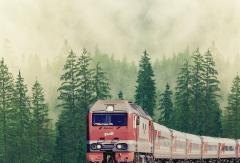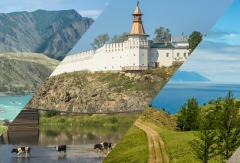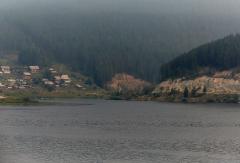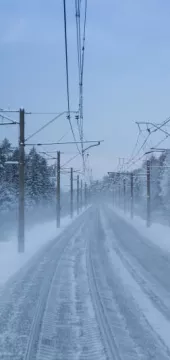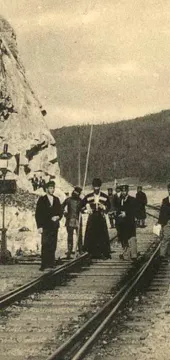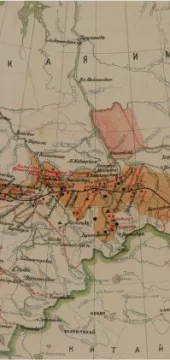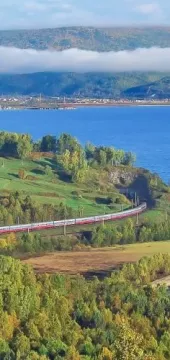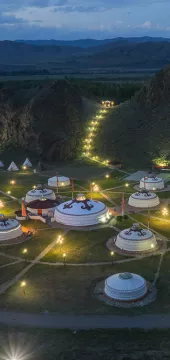Highlights of the Trans-Siberian route
You should consider whether you would like to make any stops. Although some people see the journey itself as the whole point of the trip, it is definitely worth making at least a few stops in some of the interesting places on the way. You could even plan some side trips and venture deeper into Russia.
It's worth considering that there are actually three principal routes of the Trans-Siberian, so your trip should be planned accordinging should you wish to visit Kazan or Perm, for example. More details on the different routes can be found here.
Here are some of the main highlights on the routes:
NORTHERN ROUTE
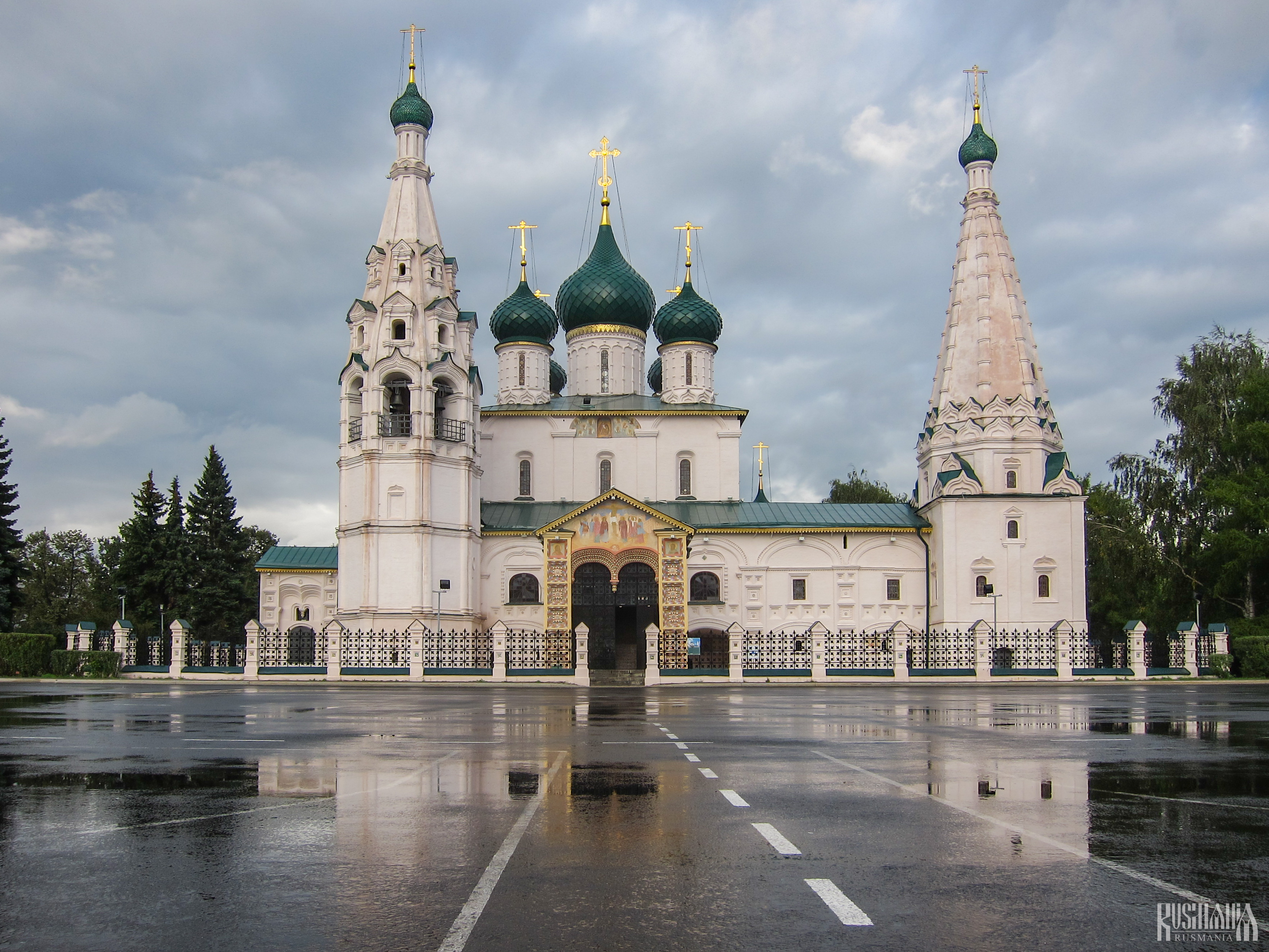
Yaroslavl - one of the first major stops on the Trans-Siberian’s Northern Route from Moscow is Yaroslavl - an ancient city on the Volga that is considered the unofficial capital of the Golden Ring tourist route. The historical centre of the city is protected as a UNESCO World Heritage Site and has many examples of beautiful Russian churches and monasteries. The city can be easily visited from Moscow, but it also means a Trans-Siberian trip can be combined with a visit to some Golden Ring Cities.
Perm - Perm is the centre of the Perm Territory and is named in recognition of the mediaeval state of Permia (or Great Perm) which once existed in this area. Although a major transport hub and a rather industrial city, Perm has created for itself a reputation as a thriving art scene and also has several interesting museums.
NEW ROUTE
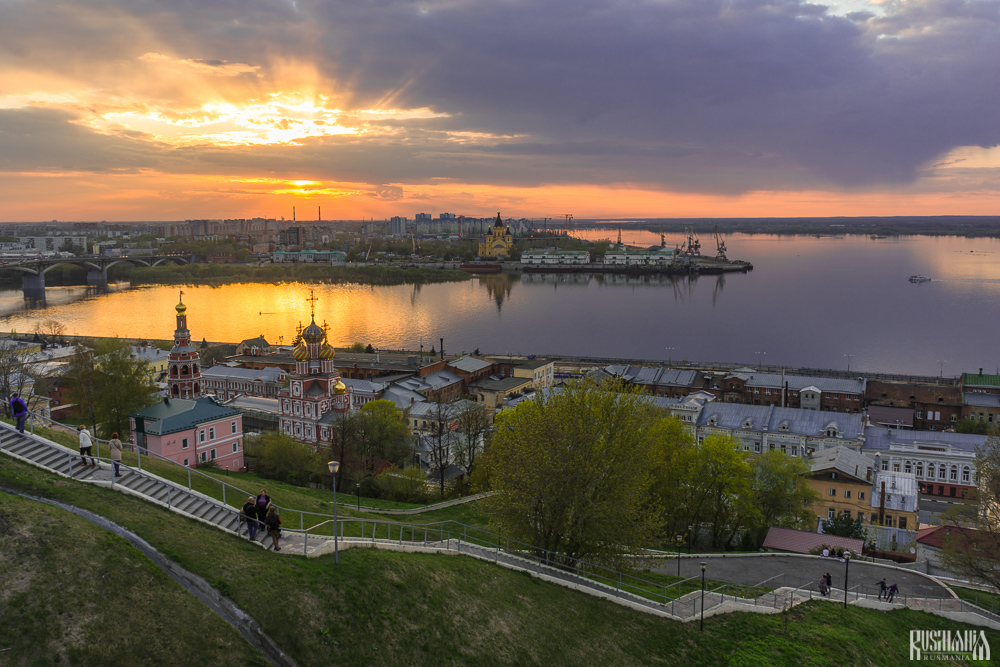
Nizhny Novgorod - Russia’s fifth city by population is Nizhny Novgorod. Its name means ‘Lower New City’ and it was founded in 1221 as a Russian fortress on the confluence of the rivers Oka and Volga to protect Russia from Tatar incursions. Its impressive kremlin still stands today in the centre of the city. Only the New Route passes through Nizhny Novgorod
SOUTHERN ROUTE
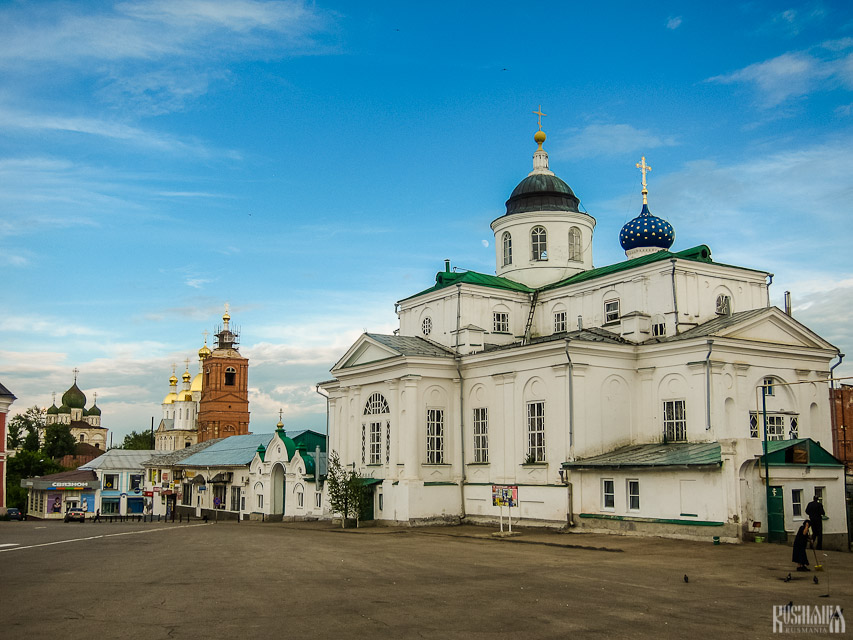
Arzamas - this Historical City of Russia is off the standard tourist track, but is a gem as much of its original town-planning and many churches have survived, a little bit shabby, but otherwise intact. Its centrepiece is the classical-style Resurrection Cathedral in the main square.
Kazan - the capital of the Republic of Tatarstan is true a city where the West meets the East - and this can be clearly seen by a beautiful mosque standing close to a grand Orthodox cathedral in the city’s white stone kremlin. The city is the sixth largest city in Russia, but it markets itself as the Third Capital of Russia (after Moscow and St Petersburg), partly due to its status as the former capital of the Tatar Khanate, which was conquered by Ivan the Terrible and incorporated into Russia.
ALL ROUTES TO VLADIVOSTOK
Yekaterinburg - Yekaterinburg was named after Peter the Great’s wife Empress Elizabeth and was therefore renamed in the Soviet period to Sverdlovsk - after a revolutionary. It is considered the centre of the Urals and is located close to the geographical divide between Europe and Asia. It is the 4th largest Russian city by population and a major industrial centre, although its centre has many historical and Soviet buildings and many interesting museums. The city is also infamous as being the site of the execution of the last tsar and his family.
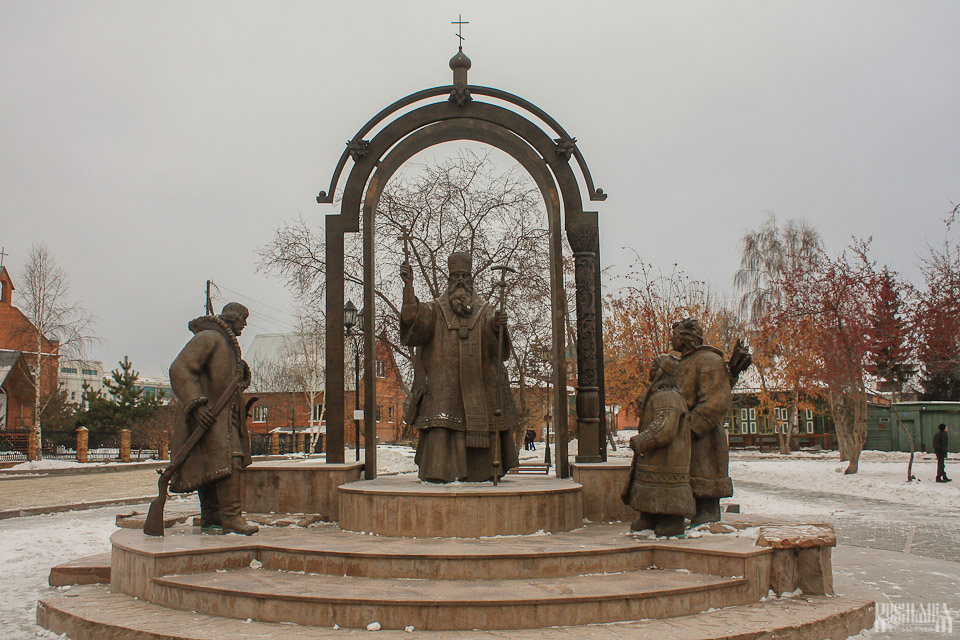
Tyumen - Tyumen started its history as a Russian fortress established in 1586 following the conquest and annexation of the Siberian Khanate. Today the city is a major centre for the Russian oil and gas trade.
Omsk - founded in 1716 as a Russian base in Western Siberia and as part of plans for further expansion into the steppes of modern-day Kazakhstan, Omsk today remains one of the region’s centres and is Russia’s seventh largest cities. Its biggest claim to fame is that Dostoevsky was imprisoned here for almost five years, while its most famous landmark is the Dormition Cathedral - one of the largest in Siberia.
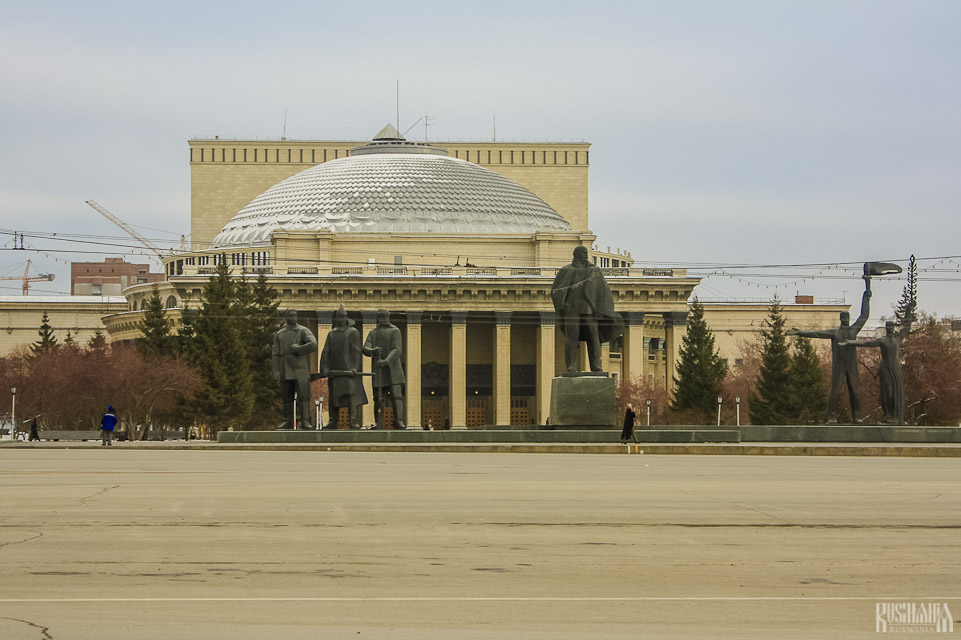
Novosibirsk - often considered the unofficial capital of Siberia, Novosibirsk’s history is completely intertwined with the Trans-Siberian, having been founded in 1893 as part of the construction project. Since the opening of the railway, Novosibirsk has grown into Russia’s third largest city by population, but it doesn’t have too much to offer tourists.
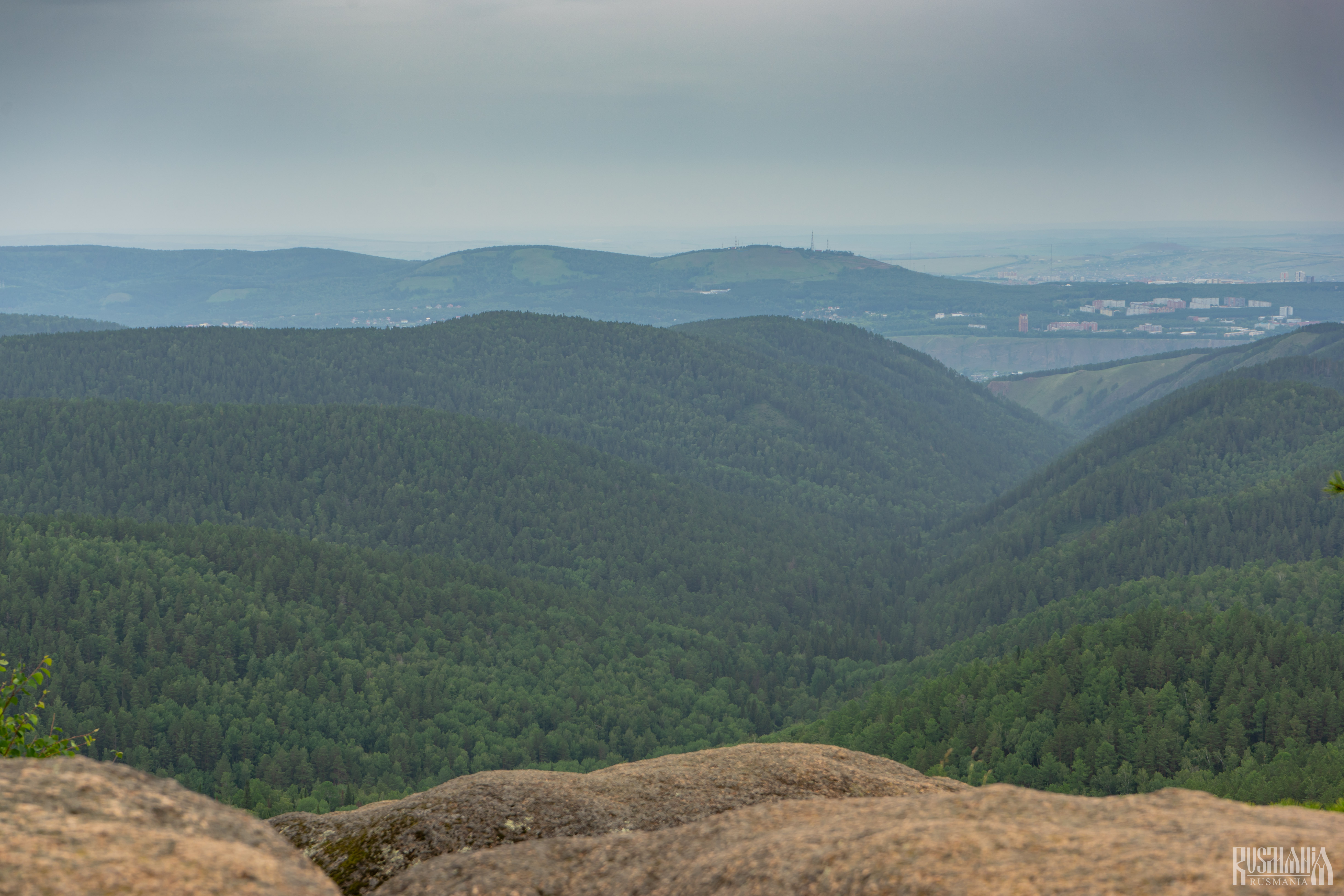
Krasnoyarsk - Krasnoyarsk markets itself as the capital of Yenisey Siberia due to its location on the great Siberian river. It makes a perfect stop when travelling along the Trans-Siberian as it is a pleasant city with lots of interesting museums and a nice mix of architecture, while also being located among wonderful nature. Just outside the city is the Stolby National Park - so named as stolby means pillars and there are many of them dotted all over the forest park.
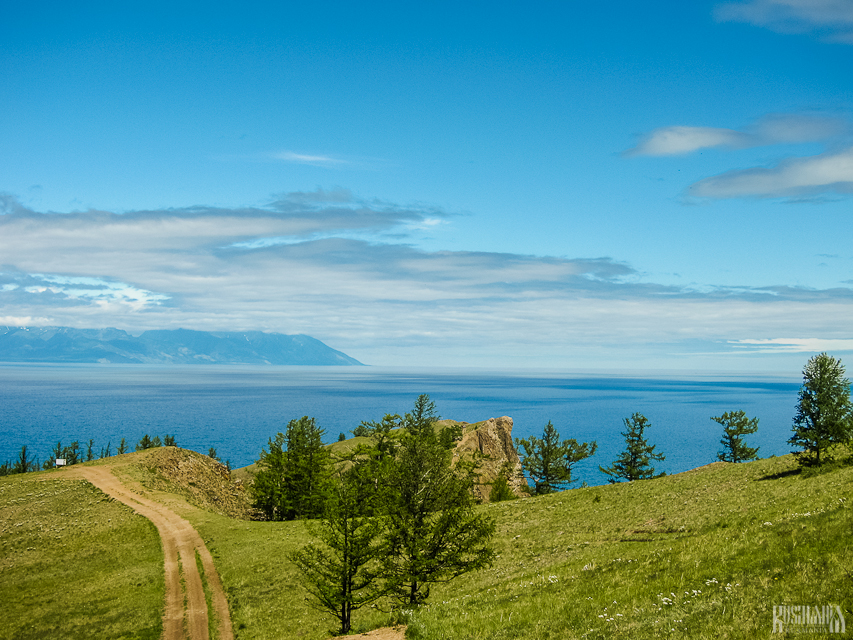
Lake Baikal - for about 5-6 hours trains run along the coast of Lake Baikal - the deepest lake in the world. If you don’t stop off in Irkutsk and are travelling on the Rossia train you will hardly be able to see the lake as the train passes it at night regardless of whether you are heading east or west (it seems they didn’t think about tourists when planning the schedule!). If you want to get a close look it is best to make a stop in Irkutsk and travel to the lake from there.
Ulan-Ude - the capital of the Republic of Buryatia is definitely one of the highlights of the Trans-Siberian as it is a city like no other on the route. As Buryatia is a Buddhist republic, you will find several Buddhist temples, but one of the most famous sights here is actually its unique Lenin monument, which takes the form of a giant Lenin head. Some even think that here Lenin has even been given somewhat Asian features!
Chita - one of the oldest cities of the Russian Far East where more than 20 ethnic groups live. However the most interesting sights are located outside the city - the Sokhondinsky and Daursky national parks and reserves. Lakes Arey, Halanda, Gorbunka; the Lagernoy source and other natural sights. There are also a few Buddhist temples and synagogues.
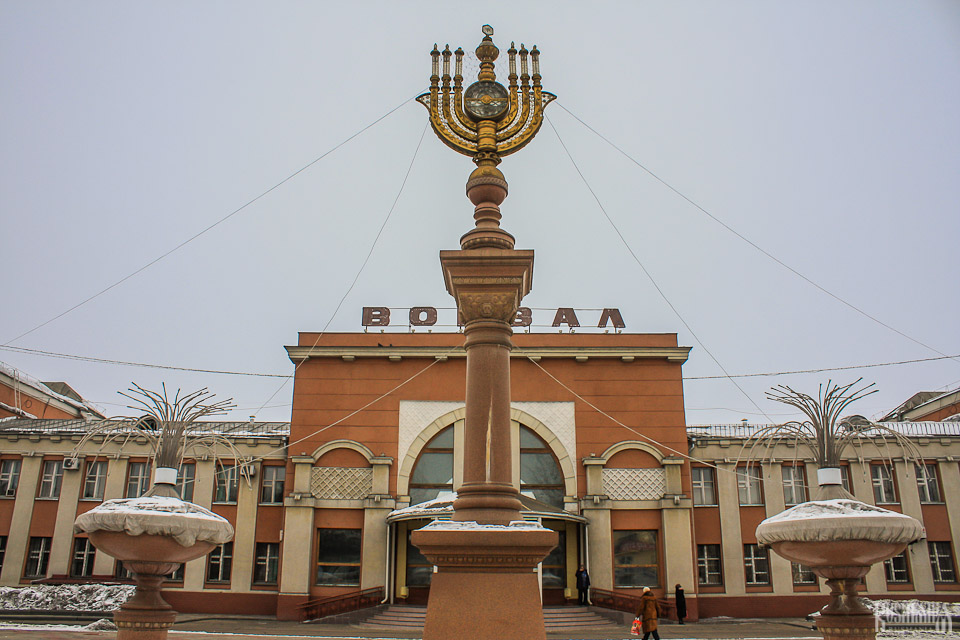
Birobidzhan - not many people know that one of the constituent entities of Russia is the Jewish Autonomous Region, which Stalin created as a homeland for the Jews before the foundation of Israel. The centre of the region is Birobidzhan which is worth visiting briefly to explore the regional museum and city's sights.
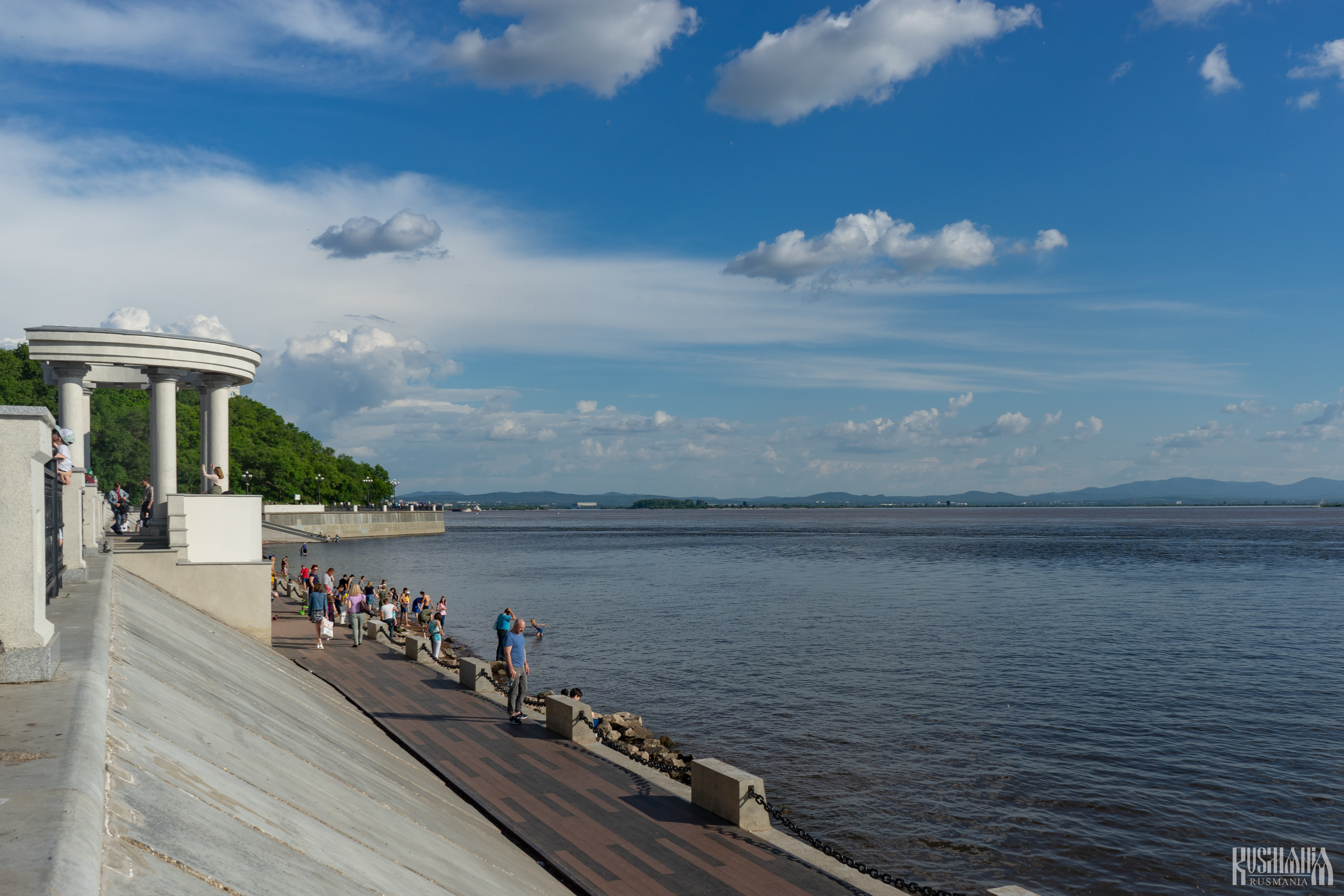
Khabarovsk - once the administrative centre of the Russian Far East, its lost this status to Vladivostok in 2018. However it remains a vibrant city, with a long embankment along the River Amur, which features on the RUB 5,000 banknote.
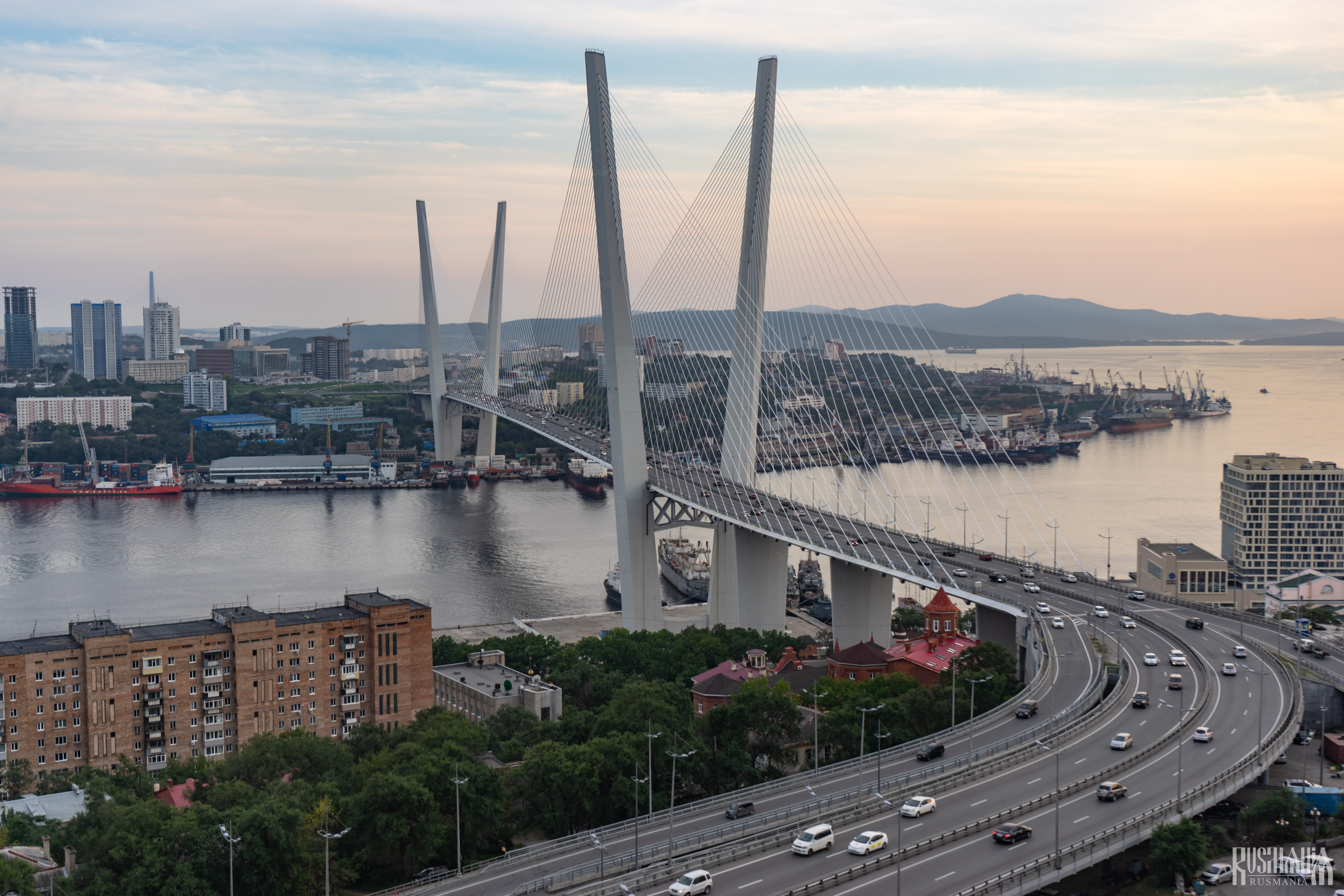
Vladivostok - after several days of travelling by train, Vladivostok on the Pacific Ocean will be a welcome stop. The city is the largest in the Russian Far East and since 2018 has been the regional centre. Its name translates as Lord of the East and it is often referred to as the Russian San Francisco; it now even has an impressive bridge like its American counterpart.

